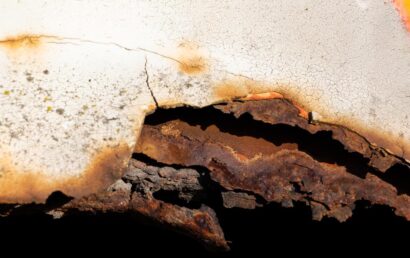Understanding Thermal Spray Technology For Biomaterials
Aging and the effects of it are inescapable. Add that to toxins, genetic/hereditary disorders, acute injuries, trauma, and diseases, and the ability of the human body to defend or repair tissue and cells can be severely affected. Since ancient times, medically minded individuals have considered the above listed negative factors and the impact they have on the body. They have strived to develop ways to suppress them.
Thanks to evolutionary discoveries such as thermal spray, science has evolved enough to discover methods of restoring function, correcting deformities, and aiding healing to various human body parts. Today, body organs and defective tissues can be fully or partially repaired with the aid of ever-developing medical science discoveries.
Before successful results, however, unwanted consequences such as necrosis, tissue inflammation, embolism, and infection were not unheard of. The learning curve took time and numerous consequences were suffered by any number of patients during the process of development.
In Days of Yore
There once was a time when only a limited range of materials could be used in surgeries. These materials had to be easy to manufacture, process, and acquire, as well as being affordable. Here are examples of old-school medical processes/materials:
- Due to its cosmetic appearance, as an eye replacement, glass was used.
- To rejoin fractured bones, various mammal bone structures (example: ivory) as well as brass and iron were used.
- In dentistry, an inert and malleable metal was used – gold.
- For artificial teeth and limb prostheses, because of its natural high strength weight-to-weight-ratio composite, wood was used.
These materials, despite their temporary successful use (mostly discovered by accident), are now obsolete. In the 1960s, it became critical that suitable materials be found which were compatible with the human body.
In the area of medical sciences, many of the problems being encountered during the use of the above listed processes/materials would be remedied by a solution referred to as biomaterials.
Biocompatibility
For today’s surgical and medical purposes, materials that cause secondary side effects or undesirable effects are no longer in use. Biocompatibility must be present at required levels. Biocompatibility levels depend on the contact time between biological tissue and biomaterial, among other things. Contact time can range from several decades (example: total hip replacement, bone screws, etc.) to several seconds (example: tongue depressor, syringe needle, etc.).
Biomaterials should/will exhibit one or more of the following characteristics:
- At the inner-surface, must actively elicit a specific biological response.
- Be biodegradable so that the body absorbs the materials.
- Be chemically stable and non-toxic.
Biomaterials can be used as repair applications or assistance applications.
Thermal Spray
In the biomedical sector, in a range of applications, thermal spray methods offered versatility and flexibility. Varying materials used for coatings and substrates determined the technique implemented. These techniques are used in both replacement and repair applications.
- Example 1: Mandibular Bone Plate
A patented design improvement was created for the human mandibular bone plate. To improve chemical or physical properties and provide medications, the extension portions used in this application were plasma sprayed to obtain antibacterial, titanium, or hydroxyapatite coatings.
- Example 2: Artificial Hip Joint
For the installation of artificial hip joints, using both roughing and thermal spray surface treatments, a component has been fabricated. On its inner side, the component has an extra liner layer. A taper-shaped surface is present on the liner’s outer surface. This way, the two surfaces work together to prevent damage, shifting, and offer more liability.
- Example 3: Dental Implant
This dental application uses several steps, one of which involves sandblasting biocompatible coatings mixed with hydroxyapatite or titanium hydride/titanium powders. These create a deposition of a biocompatible coating system.
Whether it is in the medical field or an industrial setting, A&A Coatings is relied upon for many of today’s thermal spray coating applications. Contact us today if you would like to find out what our coatings can do for you, your industry, your business, and your bottom line.



